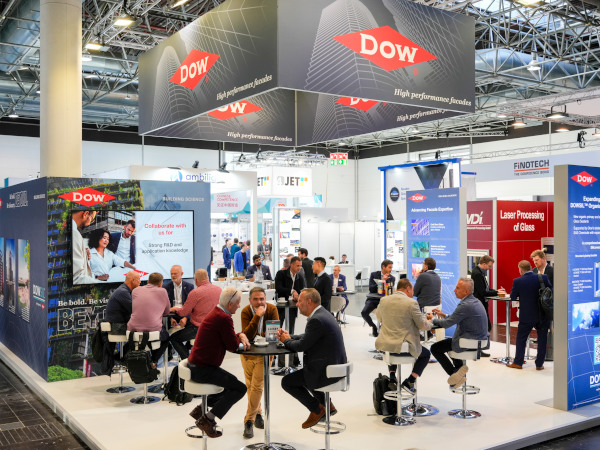Date: 18 June 2015
Q 1: What would you say have been the most significant changes to Batch and Furnace operations in your 50 years in the industry? The Glass industry has been around a long time and I’ve been in it for only small window. Instrumentation, sensors and controls allowing us to gain more insight into the entire glass manufacturing process. In the glass melting furnace, the application of mathematical and computer modeling is allowing us to better understand what is happening with combustion, heat transfer, and glass convection. Q 2: What has surprised you the most over your career? I didn’t expect so much industry consolidation and resulting in many fewer companies and facilities. I am also disappointed in the reduction of Process R&D, as it is not as strong and has been turned over to the vender community (vs individual manufacturer). Larger R&D departments existed earlier.Q 3: What are the challenges you see facing the glass industry? The Manufacturing process continues to struggle and move from art to science. It must evolve to have a more technical scientific basis for our operating practices. We must provide training and a solid foundation on both “how” and “why” we do things, while showing a better way of doing it.Q 4: If you could change anything in the industry what would it be? I wish we had more ways to share experiences as we all have common challenges.Conferences were more conversational and sharing in the past vs the current emphasis on technical paper presentations. I miss that.
Q 5: What would you tell someone just starting a career in our industry? Never be afraid to ask questions from experienced individuals. Be open to gaining knowledge to optimize the process you are in.
Q 6: Where do you foresee innovations in the future for the industry? The biggest area of need is in glass fabrication. We need to incorporate more sensors in this process to understand what is happening with the glass temperature and viscosity, as this area has many manufacturing defects. A better understanding of variables requiring tighter control could lead to higher productivity. Some of this process is underway but we have long way to go.
Q 7: How did you get into the glass industry? I grew up interested in math and science and attended the University of Illinois High School where I was recruited by the glass professor to study Ceramic Engineering at the University of Illinois. After graduation I wanted to go into manufacturing. Career wise I had a progression of gaining experience and responsibility in the factory and at the corporate level - moving from project engineering, department supervisor, to Vice President for all Batch and Furnace Engineering. Upon the sale of Kerr Glass, I became a consultant and have been conducting “Batch and Furnace Operations” and “Stone Analysis” open enrollment and In-plant Training Seminars with AGR for 20 years.
Q 8: What has your 20 year partnership with AGR meant to you? Two things: It has provided me with the opportunity to meet many very talented individuals and tap their expertise; and as an instructor, to pass along my experience and knowledge allowing others to learn more quickly that I did.
Q 9: What else might you like to tell those in the glass industry? The industry still has challenges which mean opportunities for those who want to address them. I’ve always enjoyed many wonderful individuals, experiencing the good days and bad. If you work diligently, there will be periods of time you will feel you have accomplished something and you have made a difference.
Do you have any questions for Phil? You can “ASK OUR EXPERT”: http://www.americanglassresearch.com/questions/ask-our-experts









Add new comment